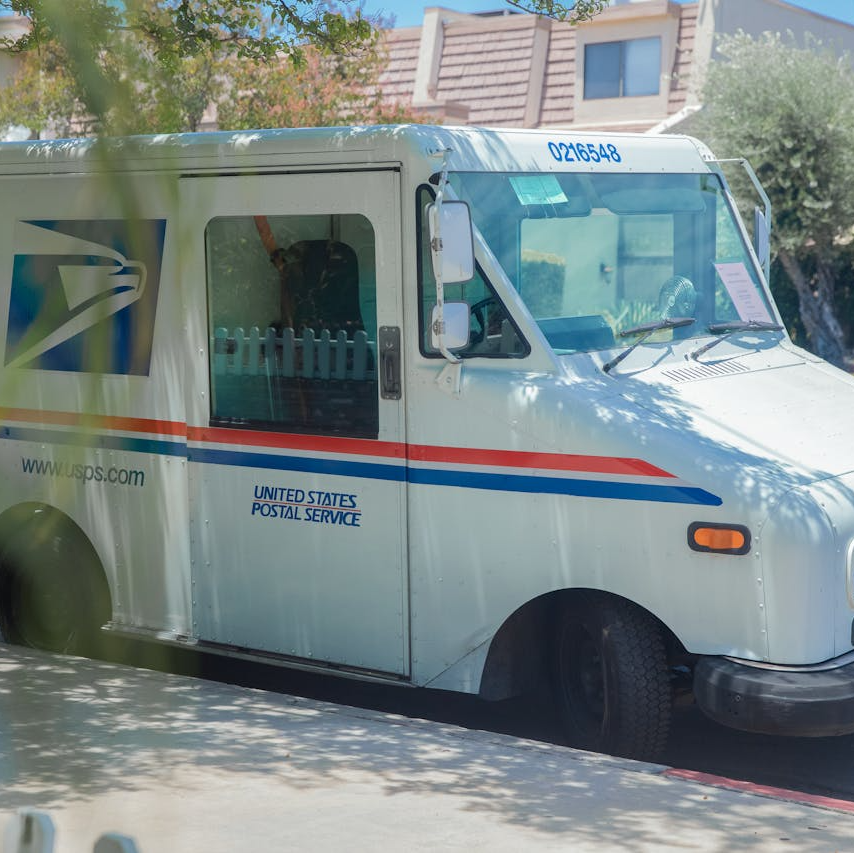Key Takeaways
- PSHB premiums in 2024 are influenced by factors such as plan selection, Medicare integration for retirees, and regional healthcare costs, potentially making them higher or lower than FEHB premiums depending on your circumstances.
- The transition to PSHB requires careful review of total healthcare costs, especially for those eligible for Medicare, which could result in long-term savings or changes to your premium and out-of-pocket expenses.
The Cost of Staying Healthy: How PSHB Premiums Compare to Your Old FEHB Plan
The Postal Service Health Benefits (PSHB) program, set to fully replace the Federal Employees Health Benefits (FEHB) program for postal employees and retirees by 2025, is a significant shift in healthcare coverage. Many postal employees and retirees are wondering how these changes will impact their healthcare costs, particularly their premiums.
If you’re a postal worker or retiree accustomed to FEHB coverage, you’ll need to prepare for the transition. As 2024 progresses, more information is becoming available on how PSHB premiums stack up against the old FEHB plans. The real concern isn’t just about premiums, but total healthcare costs—factoring in deductibles, copays, and Medicare integration for those eligible. Understanding these differences is crucial for staying healthy without unexpected financial strain.
Differences Between PSHB and FEHB Premiums
For many years, FEHB has been the go-to health insurance option for federal employees, offering a wide range of plans from various private insurers. The federal government typically covered 70-75% of FEHB premiums, with the remainder paid by enrollees. However, PSHB introduces some new elements that could affect the premiums you pay in 2024 and beyond.
The biggest change is that PSHB is exclusive to postal workers and retirees. While the plan is part of the broader FEHB umbrella, premiums and benefits could vary significantly due to its specific focus. PSHB premiums will be determined by many of the same carriers that manage FEHB plans, but with cost structures tailored to the postal workforce.
Key factors affecting premiums include:
-
Plan Options: PSHB will offer a variety of plans from private insurance carriers, many of which will be similar to those available under FEHB. However, the range of options may differ slightly, leading to variations in premium costs. Some plans may prioritize lower premiums with higher out-of-pocket costs, while others may offer more comprehensive coverage at a higher premium.
-
Regional Pricing: One significant factor affecting premiums is the region in which you live. In higher-cost regions, healthcare premiums will reflect the local cost of medical services and the availability of providers. This was true under FEHB and will continue under PSHB. However, the specific cost-sharing agreements for postal workers may result in different premium structures compared to the general FEHB population.
-
Government Contributions: Under FEHB, the government covered about 70-75% of the total premium. PSHB is expected to maintain a similar level of government contribution, but slight differences in how those contributions are applied to PSHB-specific plans could lead to differences in the final premiums you pay.
How PSHB Premiums Affect Retirees and Medicare Integration
A critical distinction between PSHB and FEHB is how they interact with Medicare, particularly for postal retirees. Under FEHB, Medicare enrollment is optional, but retirees who do enroll in Medicare Part B often see reduced out-of-pocket costs because Medicare acts as the primary insurer. With the introduction of PSHB, the landscape changes significantly for postal retirees.
One of the main changes is that Medicare-eligible postal retirees will now be required to enroll in Medicare Part B to maintain PSHB coverage. While this adds an additional premium (the standard Medicare Part B premium in 2024 is $174.70 per month), it also results in significant reductions in out-of-pocket healthcare costs. PSHB plans are designed to work in tandem with Medicare Part B, often covering expenses like deductibles and copays that Medicare doesn’t fully address.
Cost Savings for Medicare-Eligible Retirees
For Medicare-eligible retirees, enrolling in both Medicare Part B and PSHB can lead to long-term savings, despite the additional Medicare premium. Many PSHB plans will waive deductibles and other out-of-pocket costs for enrollees who have Medicare Part B. For retirees who anticipate needing frequent medical care, this dual coverage could be a significant financial benefit.
However, it’s important to weigh the costs and benefits. If you’re a healthy retiree who doesn’t expect to use medical services frequently, the additional Medicare premium might feel like an unnecessary expense. But for those with chronic conditions or those who expect to need more medical care as they age, the savings on out-of-pocket costs could outweigh the additional premium.
Plan Types and Their Impact on Premiums
One of the most important decisions you’ll make when transitioning to PSHB is which plan type to select. Like FEHB, PSHB will offer a variety of plan types, each with its own premium structure.
-
Health Maintenance Organization (HMO) Plans: These plans typically offer lower premiums but require you to use a specific network of doctors and hospitals. If you’re comfortable with a more limited network and don’t anticipate needing out-of-network care, an HMO could help you save on premiums.
-
Preferred Provider Organization (PPO) Plans: PPO plans offer more flexibility, allowing you to see any doctor or specialist without a referral, even if they’re outside the plan’s network. However, this added flexibility comes at a cost—PPO plans usually have higher premiums than HMO plans. If you prefer the freedom to choose any healthcare provider, be prepared to pay a higher premium under PSHB.
-
High-Deductible Health Plans (HDHPs): If you’re generally healthy and don’t expect to need frequent medical care, an HDHP could be a good option. These plans come with lower premiums but require you to meet a higher deductible before the plan starts covering most medical costs. HDHPs are often paired with Health Savings Accounts (HSAs), which allow you to save money tax-free to use for medical expenses. For postal employees and retirees who are looking to minimize premiums and don’t expect to need much medical care, an HDHP might be a cost-effective choice.
What to Expect in 2024 and Beyond
As we move closer to the full implementation of PSHB in 2025, many postal employees and retirees are in a transition period. If you’re currently enrolled in an FEHB plan, you’ll be automatically enrolled in a comparable PSHB plan starting in January 2025, unless you choose to switch plans during the open enrollment period in 2024. This transition period gives you the opportunity to carefully review your options and make any necessary changes.
The Office of Personnel Management (OPM) will provide more detailed information about specific PSHB plans and premiums as the transition date approaches. Be sure to take advantage of the open enrollment period to compare the costs and benefits of different plans, especially if you’re eligible for Medicare.
Total Healthcare Costs: Beyond Premiums
When evaluating PSHB premiums, it’s crucial to remember that premiums are only part of the equation. While lower premiums might seem attractive, you’ll also need to consider other factors like:
-
Out-of-pocket costs: Deductibles, copays, and coinsurance can add up quickly, especially if you need frequent medical care. A plan with a higher premium might offer lower out-of-pocket costs, which could save you money in the long run.
-
Prescription drug coverage: While most PSHB plans will include prescription drug coverage, the specifics of each plan’s formulary (the list of covered medications) can vary. If you take regular medications, be sure to check how your prescriptions will be covered under different PSHB plans.
-
Provider networks: Depending on the plan you choose, you might have access to a more limited network of doctors and hospitals. Be sure to check whether your preferred healthcare providers are included in the network before enrolling in a plan.
Planning for a Smooth Transition
The transition to PSHB is a significant change, but with careful planning, you can ensure that your healthcare needs continue to be met without incurring unexpected costs. Here are a few steps you can take:
-
Review your current healthcare needs: Take stock of the medical services you use regularly. Do you anticipate needing frequent doctor visits, specialist care, or prescription medications? This will help guide your decision when selecting a PSHB plan.
-
Compare plan options: During the 2024 open enrollment period, take the time to compare different PSHB plans. Look beyond the premium to understand the total cost of each plan, including deductibles, copays, and out-of-pocket maximums.
-
Consider Medicare integration: If you’re Medicare-eligible, review how PSHB works with Medicare Part B. The additional Medicare premium could be offset by savings on out-of-pocket costs, making it a valuable option for many retirees.
-
Stay informed: As PSHB continues to roll out, new information will become available. Stay up to date on changes and announcements from the Office of Personnel Management (OPM) and the Postal Service to ensure you have the most accurate information when making your healthcare decisions.











